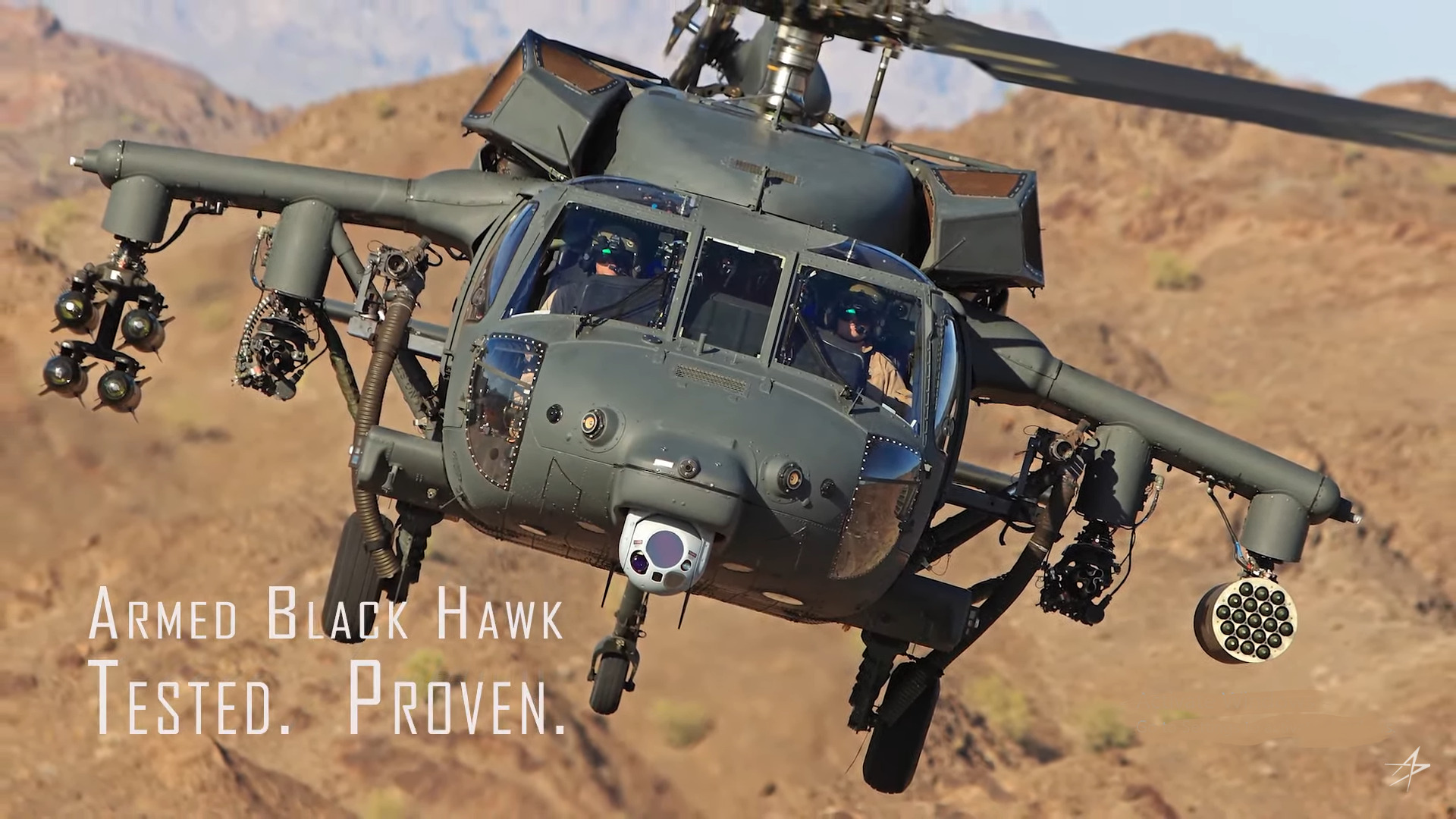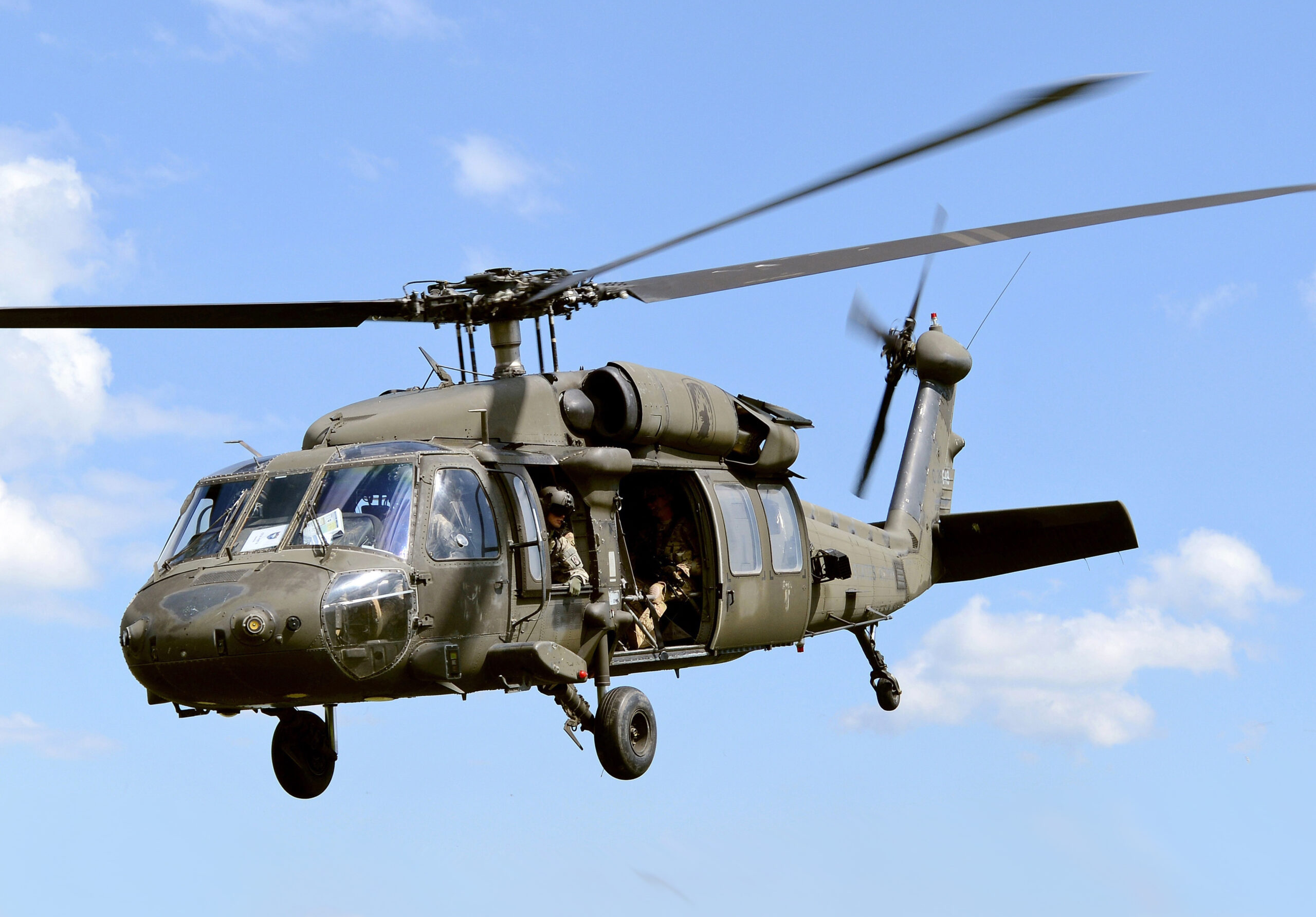The UH 60 Black Hawk: Versatility and Performance in Military Aviation
The UH 60 Black Hawk: Versatility and Performance in Military Aviation
Blog Article
Every Little Thing You Need to Find Out About the UH 60 Helicopter
The UH-60 helicopter, a cornerstone of United state Army air travel considering that its debut in 1979, represents an exceptional mix of engineering and operational adaptability. As army needs progress, so also does the helicopter, with continuous innovations aimed at enhancing its capacities and integrating modern-day innovations.
Background of the UH-60
Established in the late 1970s, the UH-60 Black Hawk helicopter became an action to the united state Army's demand for a versatile energy helicopter that could carry out a selection of objectives under challenging problems. The impetus for its style was the imperfections identified in the earlier helicopters utilized during the Vietnam Battle, specifically in regards to rate, ability to move, and survivability.
The Black Hawk was designed by Sikorsky Aircraft, incorporating advanced technologies and materials to improve its performance and sturdiness. It was officially introduced right into solution in 1979, quickly becoming an important asset for military procedures - uh 60. Its capacity to move soldiers, medical evacuation, and logistical support in both fight and altruistic objectives made the Black Hawk a vital element of the U.S. Army's aeronautics fleet
Throughout the years, the UH-60 has been continuously upgraded, adjusting to the transforming nature of war and the developing needs of modern-day military operations. Its functional history includes participation in major disputes, peacekeeping goals, and catastrophe alleviation efforts, solidifying its online reputation as a reliable and trusted helicopter in different environments worldwide.

Style and Specifications
The layout of the UH-60 Black Hawk helicopter consistently shows a dedication to operational efficiency and convenience. Developed by Sikorsky Airplane, this medium-lift energy helicopter includes a sleek, aerodynamic fuselage that boosts speed and ability to move. Its tandem blades system, identified by 2 counter-rotating blades, lessens resonance and enhances lift ability, enabling for safer procedures in diverse atmospheres.
The UH-60 is powered by two T700-GE-701C turboshaft engines, supplying an optimum speed of roughly 180 knots and a variety of around 400 nautical miles. Its durable airframe is created from advanced composite materials, guaranteeing toughness while maintaining a reasonably low weight. The helicopter has an optimum gross weight of concerning 22,000 pounds, sustaining a versatile haul configuration.

Missions and roles
A versatile system, the UH-60 Black Hawk helicopter serves a wide range of duties and goals within army operations. Made mainly for army transportation, it can lugging up to 11 soldiers, making it a necessary possession for fast deployment and logistical assistance.
In enhancement to army transportation, the UH-60 excels in medical emptying (MEDEVAC) objectives, geared up with sophisticated clinical equipment to supply important browse around here care during transportation. Its ability to run in diverse settings enhances its efficiency in fight search and rescue (CSAR) operations, where speedy extraction of workers is crucial.
The helicopter likewise plays a significant function in reconnaissance and surveillance objectives, using onboard sensing units and equipment to gather knowledge. Its convenience extends to logistical assistance, qualified of carrying products and tools to forward operating bases.
In fight procedures, the UH-60 can be outfitted with various weapon systems, allowing it to supply close air support. Its multi-role capacity makes the Black Hawk a vital device for modern army forces, adapting effortlessly to the advancing demands of combat zone circumstances and ensuring mission success throughout a variety of functional contexts.
Efficiency and Capabilities
Known for its robust efficiency, the UH-60 Black Hawk helicopter boasts excellent capacities that boost its operational efficiency across numerous objectives. uh 60. This multi-role aircraft is equipped with effective twin-engine Turbomeca Arriel 1D1 engines, Your Domain Name giving remarkable speed and maneuverability, with a maximum cruise ship speed of roughly 150 knots and an operational variety of around 400 nautical miles
The Black Hawk's advanced avionics and fly-by-wire control systems significantly boost flight security and handling, enabling it to run in varied environments, consisting of unfavorable weather. Its convenience is further exhibited by its capability to bring as much as 11 completely geared up troops or a haul of about 8,000 pounds, making it ideal for troop transportation, clinical discharge, and logistical support missions.
Furthermore, the UH-60 is made for survivability, featuring enhanced airframes, ballistic security for staff and travelers, and advanced countermeasure systems to evade dangers. The helicopter's agility and rate, combined with its ability for rapid implementation, make it an important property in modern armed forces procedures, making certain that it stays a crucial element of tactical air assistance and battlefield movement.
Future Advancement

One significant emphasis is the integration of advanced avionics systems, which will certainly enhance situational understanding via boosted navigating and interaction capacities. This includes the potential use of fabricated knowledge to help pilots in decision-making and mission planning.
Additionally, future variants may incorporate innovative materials and style functions to strengthen the helicopter's longevity and reduce its radar signature, boosting survivability in disputed environments.
The intro of hybrid-electric propulsion systems is also on the perspective, aiming to boost fuel performance and decrease logistical burdens. Such developments can expand operational variety and lower the helicopter's environmental footprint.

Conclusion
The UH-60 helicopter represents a substantial development in army air travel since its introduction in 1979. The UH-60's enduring presence highlights its vital duty in contemporary armed forces procedures and highlights the ongoing development of army aeronautics innovation.
The UH-60 helicopter, a keystone of U.S. Army aeronautics since its debut in 1979, stands for a remarkable blend of design and functional flexibility. As army needs advance, so as well does the helicopter, with recurring innovations aimed at boosting its abilities and integrating contemporary innovations.The layout of the UH-60 Black Hawk helicopter constantly reflects a dedication to operational performance and flexibility. Established by Sikorsky Aircraft, this medium-lift energy helicopter features a streamlined, aerodynamic fuselage that improves rate and maneuverability.The UH-60 helicopter represents a considerable innovation in military air travel since its introduction in 1979.
Report this page